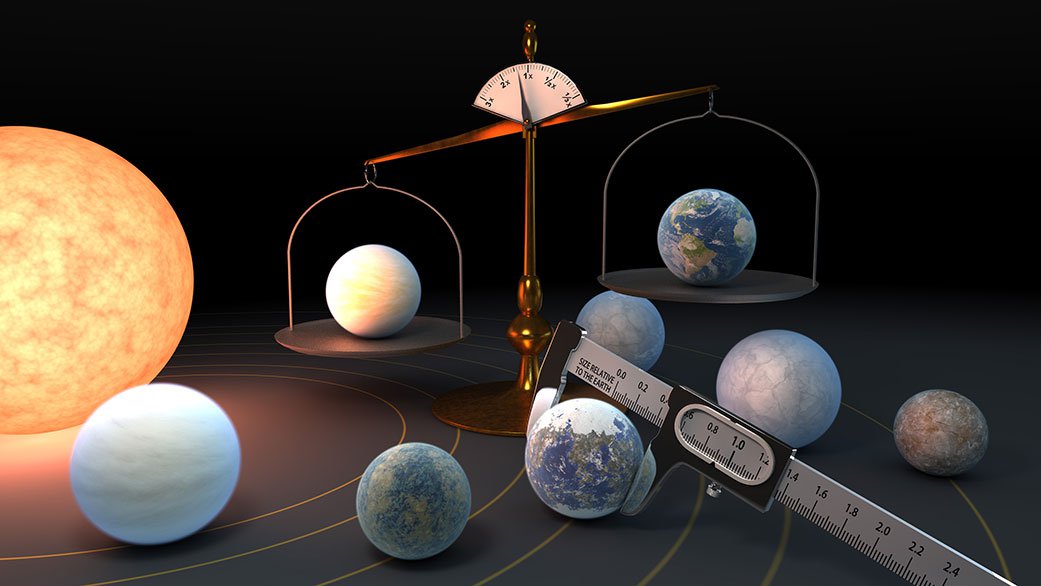As of this month, astronomers have discovered 5,506 exoplanets orbiting other stars. That number is growing daily, and astronomers are hoping, among other things, to find Earth-like worlds. But will we know one when we see it? How might we be able to tell an Earth-like garden from a Venus-like pressure cooker from upwards of 40 light years away? Is JWST up to the challenge?
Continue reading “Can JWST Tell the Difference Between an Exo-Earth and an Exo-Venus?”Can JWST Tell the Difference Between an Exo-Earth and an Exo-Venus?








